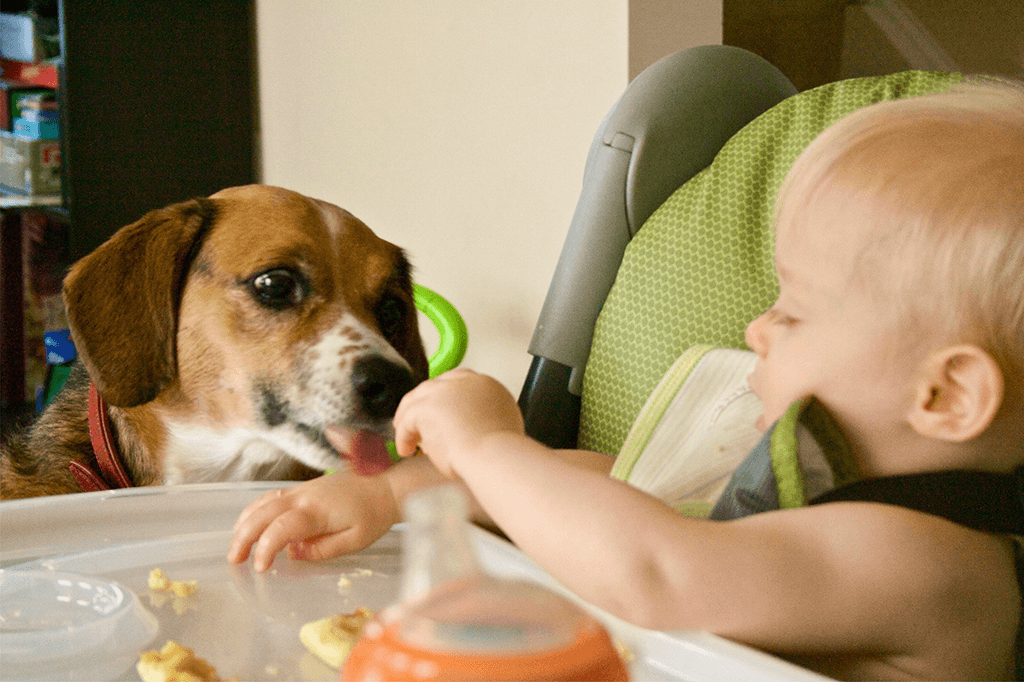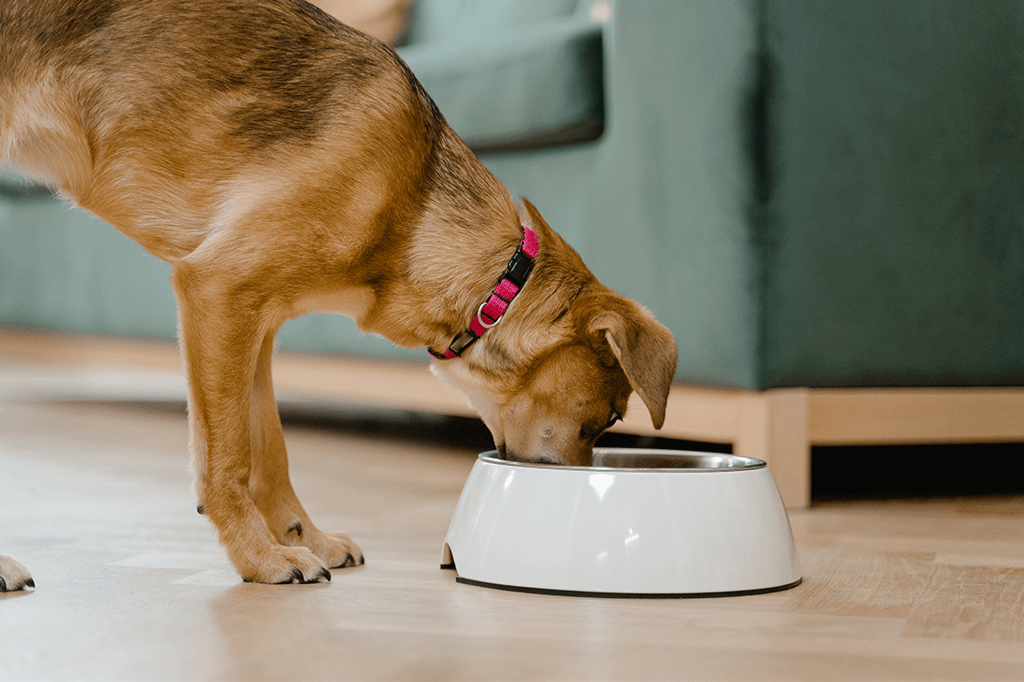How to Choose a High Quality Dog Food
There are hundreds upon hundreds of different dog food options out there, making it no surprise that an increasing number of owners are so confused about what to feed their beloved pooch.
So, how do you figure out the differences between each of these brands to know which one is the best?
Well, there are a few key things to look out for when choosing a high quality dog food…
BEGIN BY IDENTIFYING YOUR DOG’S INDIVIDUAL NEEDS
Every dog is different, and that’s partly why there are so many different dog food diets out there.
Each dog will have its own unique needs, and these can depend on:
-
Age – puppies require more calories, while senior dogs require less
-
Energy Levels – active dogs will need a higher calorie intake than less active dogs
-
Reproductive Status – pregnant pooches will need a special diet as they near their due date, while lactating mothers will also need an increase in calories
-
Allergies – food allergies are becoming increasingly common in dogs, with many pooches now requiring a grain-free diet
Wondering if your dog’s breed makes a difference to the dog food you pick?
No, not really. It can be easy to believe that breed matters, with so many foods marketed towards specific breeds. However, the only real difference between these is the size of each piece of food. Small breed foods will feature smaller pieces to make it easier for small dogs to eat, while large breed foods will feature larger pieces to give the dog more to chew.
ASSESS THE DIFFERENT TYPES OF DOG FOOD AVAILABLE
Once you have identified your dog’s nutritional needs, you can then start to look at the various dog food types out there.
These are some of the most popular:
-
Dry Food – the most popular and convenient type of dog food, dry foods are processed at high temperatures. This then destroys many of the nutrients within the natural ingredients, requiring several supplements to be added. Dry foods also tend to contain a coating of fats and oils, as well as colorings, to make it palatable to a dog
-
Wet Food – these are usually packaged in pouches, trays or tins. Wet foods are pasteurized, meaning no preservatives are needed, and also contain higher moisture levels
-
Raw Food – the fastest growing dog food trend, a raw food diet is the most natural for your dog. However, it does take a fair amount of research, as well as freezer space, to ensure that you are feeding a balanced raw diet
-
Fresh Food – these are gently cooked in order to preserve nutrients, and are usually found in pouches or trays. Although shelf life is short due to a lack of preservatives, the ingredients used tend to be of a high quality
Of course, you don’t have to pick just one of these…
Mixing and matching different options is absolutely fine, so long as you ensure that your pooch is still getting all of the nutrients needed.
READ THE INGREDIENTS
Choosing the type of dog food you want to feed helps to narrow down your options. You can now begin to look at the different versions of your chosen food type, whether this may be dry, wet or anything else.
The key to understanding the difference in quality is knowing how to read the ingredients list.
The ingredients will always be listed in order of weight, meaning that the most prevalent ingredients will be higher up on the list.
Since dogs are omnivores, meat needs to make up the majority of their diet. Make sure that the first ingredient in the food you choose is meat.
How about meat meal?
Meat meal is made by using meat remnants that aren’t fit for human consumption. It often contains scraps of meat, bones, fur and feathers that you wouldn’t usually choose to feed your dog. While some sources of meat meal can be of a high quality, the majority are extremely low-grade, making meat meal best avoided.
In addition to avoiding meat meal, here are a few other ingredients to stay away from:
-
Wheat and corn gluten
-
Meat by-products
-
Preservatives such as BHA, BHT and ethoxyquin
-
Food dyes
-
Rendered fat
How about fruits and vegetables?
These can provide some fantastic health benefits to a dog. Just make sure that they are used in moderation, and don’t consist of the majority of your chosen food.
ALWAYS CHECK THE NUTRITIONAL ADEQUACY STATEMENT
Some dog foods are designed to be complementary. This means that they need to be mixed with something else in order to create a balanced diet.
If you want the food you feed to provide a complete and balanced meal for your pooch, check that it says this on the packaging. It will usually state the words “complete and balanced”, and will also say which stage of a dog’s life it is designed for. For example, if you are feeding a puppy, you need a food that provides a balanced diet for pups.
What about foods that are designed for all life stages?
You would be best off avoiding these, because dogs do need different foods for different life stages.
RESEARCH THE BRAND
Think you’ve found a dog food that meets all of the above criteria?
One last thing to look into is the brand itself…
You need to ensure that the brand you pick makes use of high quality ingredients in their food. Adequate quality control in their manufacturing process is also important. Their websites should provide more information on this, along with exactly where their food has been sourced.
Can’t find this information anywhere?
Then you may be best off opting for another brand that is able to be more open about how they source and make their dog food.
The food that you feed your dog is what will determine your pooch’s quality of life, as well as length of lifespan. In order to keep your dog as healthy as possible for as long as possible, taking the time to ensure that you are feeding a high quality dog food is so important.



